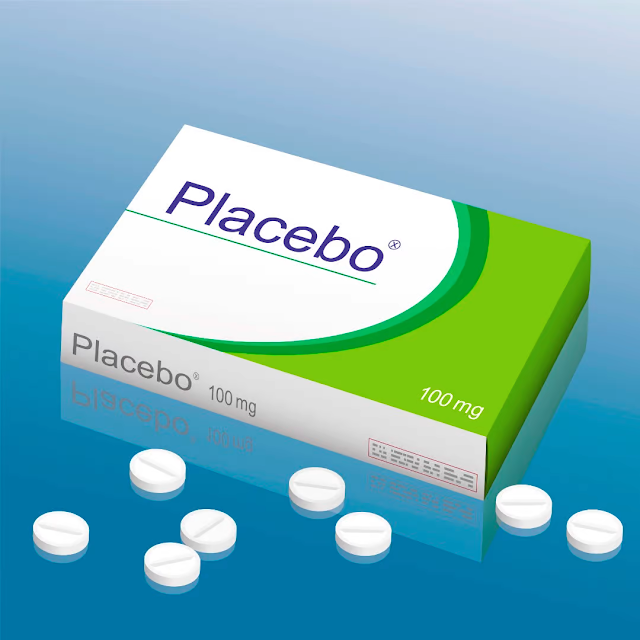Are Substances the Answer? Understanding Substance Use Among Student-Athletes
As a former volleyball player, I can recall the challenges of balancing demanding athletic schedules, rigorous academic expectations, and the pressures of social life. College was an exciting time, but as a student-athlete, it could get very overwhelming. Balancing demanding athletic schedules, academics, social lives, and personal goals can feel like an endless balancing act with little room to breathe. In the midst of these pressures, some student-athletes may turn to substances—like alcohol, drugs, or performance enhancers—to cope with stress, manage pain, or even fit in socially. But while these substances might seem like a solution in the short term, they often come with long-term consequences that can negatively impact mental and physical health, academic performance, and athletic careers.
Why Are Student-Athletes More at Risk?
The unique challenges faced by student-athletes make them
more vulnerable to substance use than their peers. According to a study in the Journal
of American College Health, collegiate athletes often report higher rates
of alcohol consumption and smokeless tobacco use compared to non-athletes. Many
factors contribute to this trend, including:
- Stress
from high expectations: The pressure to excel both academically and
athletically can lead athletes to seek quick ways to relieve stress.
- Injuries
and pain management: Physical demands often result in injuries,
leading some athletes to misuse prescription painkillers or turn to
substances for relief.
- Social
dynamics: The culture of team bonding and social events may encourage
alcohol or drug use as a way to fit in or celebrate victories.
- Performance
pressure: Some athletes may turn to performance-enhancing substances,
like stimulants or steroids, to gain a competitive edge, despite the
risks.
Research also shows the association between substance use
and lower academic performance among student-athletes, with binge drinking and
marijuana use linked to lower GPAs.
What Are the Risks?
While substances might seem like an easy fix for immediate
challenges, they often create more significant issues down the line. Risks
include:
- Health
problems: Long-term substance use can lead to addiction, heart and
liver issues, and mental health challenges like anxiety and depression.
- Academic
setbacks: Substance use can impair focus and motivation, leading to
missed classes, poor grades, and academic probation.
- Athletic
consequences: Performance-enhancing substances can result in
disqualification, suspensions, or bans under NCAA regulations.
How Can Counseling Help You?
If you’re feeling overwhelmed, know that you don’t have to
face it alone. Counseling services are specifically designed to support
student-athletes in navigating the unique challenges they face. A counselor can
help you:
- Develop
healthier ways to manage stress.
- Address
feelings of anxiety, burnout, or depression.
- Find
alternatives to substances for managing pain or improving performance.
- Build
a support system that encourages balance and well-being.
Counseling is a confidential, judgment-free space where you can express your concerns and create a plan to achieve your goals without the need for substances.
What Steps Can You Take Today?
Taking the first step toward support can feel daunting, but
it’s also empowering. If you’re struggling with substance use or the pressures
of student life, reach out to your campus mental health services or explore
these resources:
- Mira
Costa Counselors are available in the Student Health Services office:
Oceanside Health Services at 760.795.6675 San Elijo Health Services at
760.757.2121 x7747
- Substance
Abuse and Mental Health Services Administration (SAMHSA) National Helpline:
1-800-662-HELP (4357)
- NCAA
Sport Science Institute: https://www.ncaa.org/sports/2024/4/22/mental-and-physical-health.aspx
Student-athletes are some of the strongest individuals on campus, both physically and mentally. But even the strongest need support sometimes. Seeking help isn’t a sign of weakness—it’s a step toward becoming the best version of yourself, both on and off the field.
References
- Ford, J. A. (2007). Substance use among college athletes: A comparison based on sport/team affiliation. Journal of American College Health, 55(6), 367–373. https://journals.healio.com/doi/10.3928/19425864-20210720-01?
- Buckman, J. F., Yusko, D. A., White, H. R., & Pandina, R. J. (2011). Risk profile of male college athletes who use performance-enhancing substances. Journal of Studies on Alcohol and Drugs, 72(6), 1057–1062. https://pmc.ncbi.nlm.nih.gov/articles/PMC6777729/?




Comments
Post a Comment